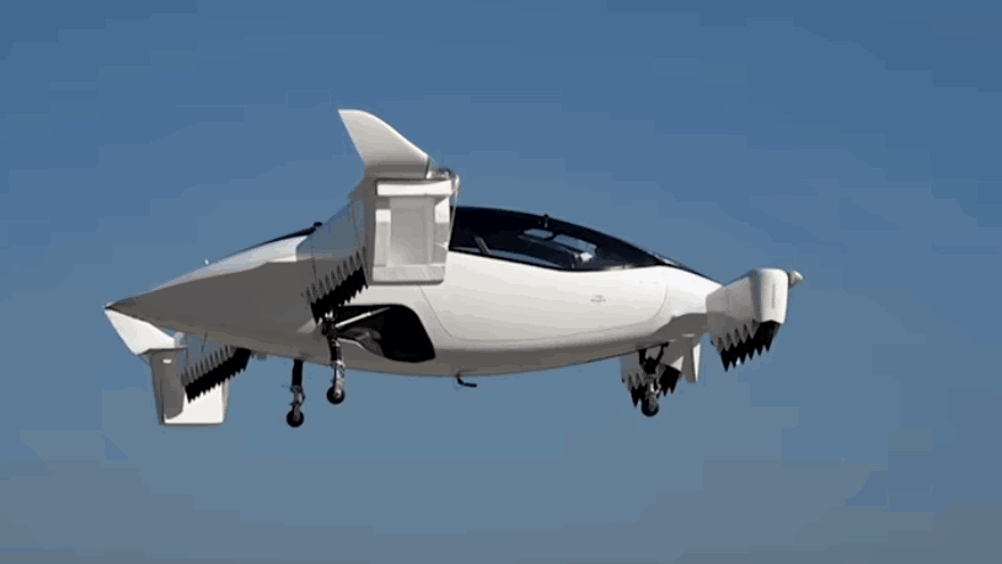Five-seater electric air-taxi lifts off in Munich
German startup Lilium has completed the maiden flight of its all-electric air-taxi, a five-seater VTOL tiltjet capable of covering 300km in 60 minutes.

Known as the Lilium Jet, the prototype aircraft is powered by 36 electric jet engines. The main wings house 24 engines, while a smaller wing bank at the front of the plane is home to the remaining 12. Maximum power output of 2,000 horsepower is available for take-off and landing, but Lilium claims less than 10 per cent of this will be required for cruising flight. The air-taxi has no tail, no rudder, no propellers, no gearbox and just one moving part in each engine.
Founded in Munich in 2015, Lilium has attracted more than $100m in venture capital. In 2017 it unveiled a two-seater electric VTOL aircraft that served as a proof-of-concept for the Lilium Jet. After extensive ground testing, the latest iteration performed its maiden flight in Munich on May 4th, controlled remotely from the ground. This first test saw the vehicle hover in place just a few feet off the ground, with transition flight and cruise testing to come further down the line. With a projected range of 300km, the air-taxi will be four times faster than a ground taxi, yet competitive on price, according to its creators.
Register now to continue reading
Thanks for visiting The Engineer. You’ve now reached your monthly limit of news stories. Register for free to unlock unlimited access to all of our news coverage, as well as premium content including opinion, in-depth features and special reports.
Benefits of registering
-
In-depth insights and coverage of key emerging trends
-
Unrestricted access to special reports throughout the year
-
Daily technology news delivered straight to your inbox










Water Sector Talent Exodus Could Cripple The Sector
Well let´s do a little experiment. My last (10.4.25) half-yearly water/waste water bill from Severn Trent was £98.29. How much does not-for-profit Dŵr...